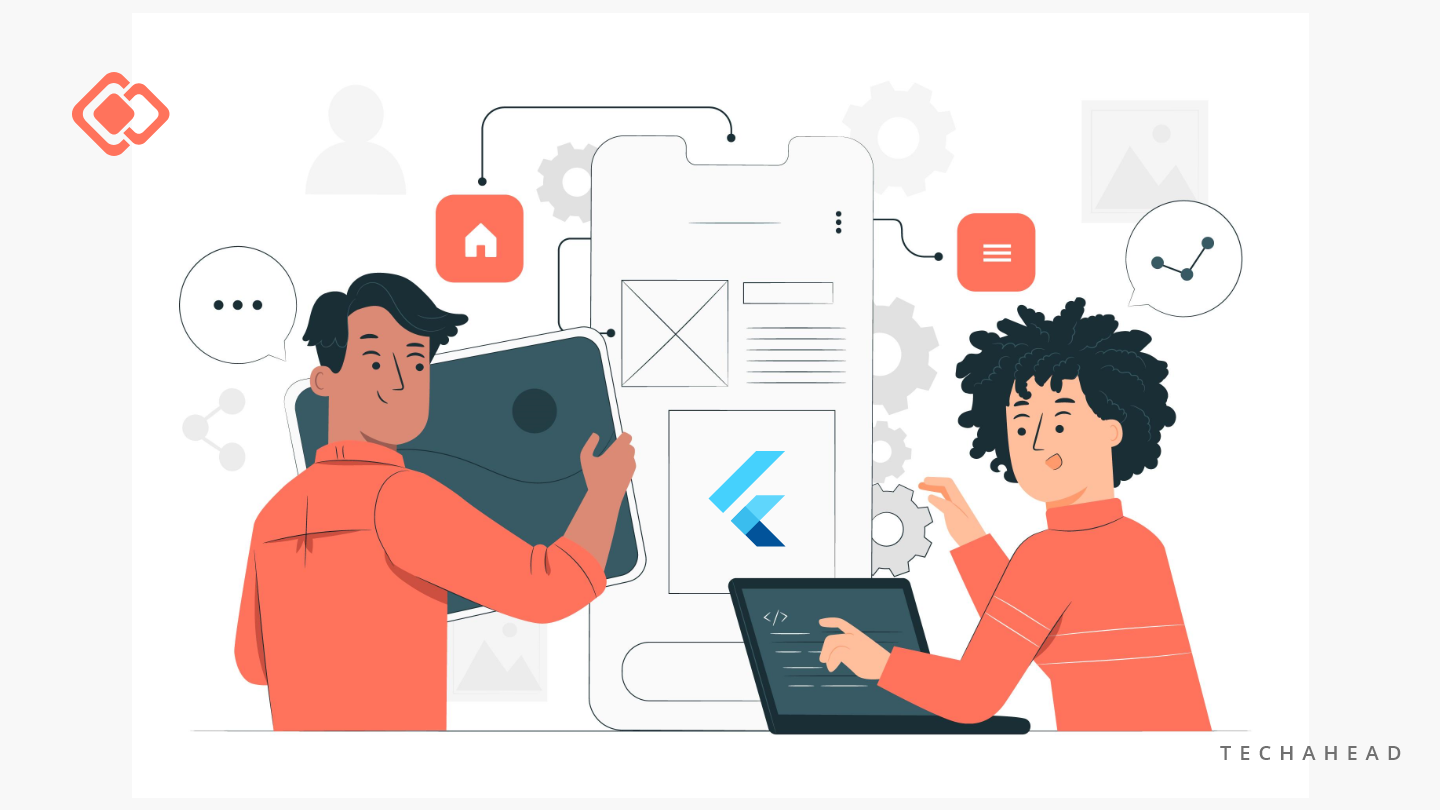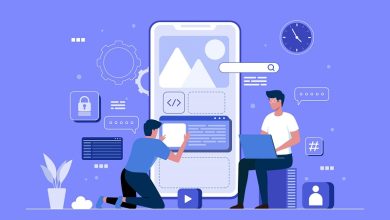ARE OUTSOURCED TOOLS NECESSARY FOR FLUTTER APP DEVELOPMENT?

As the mobile app development industry expands and businesses want to better engage with potential customers and clients, they seek out effective mobile development platforms. IT tasks can be outsourced to a provider as outsourced or subscription services with the help of an IT Managed Service Provider. These services can be utilized to relieve in-house teams of their duty, to complement teams who are unable to fulfill IT demand, or to completely replace in-house teams. By using a managed service provider (MSP), you can ensure that IT tasks are handled 24 hours a day, 7 days a week, and you can access additional knowledge or expertise that would not otherwise be available.
Managed IT services cover a wide range of tasks, but the most common ones are:
- Cloud service configuration, monitoring, and management.
- Hardware and infrastructure monitoring and management via the internet.
- Security services like monitoring, port scanning, threat hunting, and incident response
- Support for communications, including IP telephony.
Today’s mobile and website development relies heavily on open-source platforms and frameworks. Organizations are enthusiastic about using open source technologies to grow their businesses and increase profitability. Such organizations are heavily collaborating with the software development company. Flutter is an open-source mobile app development framework that uses the Dart programming language and comes with all of the tools, widgets, and technologies needed to create high-performing, customizable, cross-functional, multi-platform mobile apps with native-like comfort and expertise on both Android and iOS platforms.
IS IT WORTH OUTSOURCING FLUTTER APP DEVELOPMENT SERVICES?
- Superior flutter development services is going to be outsourced at a fair cost with total transparency on both sides.
- You can hire a team with decades of experience in the field, allowing them to give truly outstanding services. At every stage of the development process, their solutions will be tailored.
- Throughout the workflow, world-class infrastructure such as powerful and current workstations can be used.
- Outsourcing helps you to scale up or down services according to your organization’s potential needs, allowing you to more efficiently deal with dynamic circumstances.
WHAT KIND OF SERVICES CAN BE MANAGED IN FLUTTER DEVELOPMENT?
-
Flutter App Cross-platform Development Services:
Managed services may provide feature-rich, high-performance solutions for both iOS and Android platforms.
2. Flutter App Migration Services:
Service providers can assist you in migrating your software system to the Flutter SDK platform in an efficient and effective manner. They may also update your existing apps, especially hybrid apps, to the most recent versions without causing any issues.
3. Flutter App QA and Testing:
A top Flutter app development company can extensively test your Flutter apps and run them throughout all screens and platforms to catch any issues in the coding.
4. Server-side API Development Services for Flutter Apps:
Developers have decades of work expertise and competence in creating completely unique and customized Flutter apps that meet all of your requirements. They’ve worked on customized server-side APIs before, which define how software components should act. This enables them to design highly optimized server-side APIs.
5. End-to-end Flutter app support and maintenance:
6. Flutter App Consulting Services:
Developers can provide extensive Flutter app consulting services, which include everything from picking an app development strategy to developing and deploying the app. They may be able to assist clients in resolving issues that develop as a result of inefficient code rendering and insufficient testing of Flutter-based apps.
7. Industry-specific Flutter Solutions:
Proactive Flutter developers have years of hands-on experience creating fantastic Flutter apps for a variety of platforms.
Flutter is the buzzword among mobile app development companies. The hype is because of the principle of its architecture: “everything is a widget.” Widgets are the most important parts of a Flutter app. It is an immutable description of a component of the user interface that contains widget-created visuals, text, shapes, and animations. The widgets are comparable to React components in appearance. This hierarchy extends all the way to the parent widget.
Widgets make advantage of complex animation and gesture detection. They then render the results on the Skia canvas, a C/C++ graphics engine that instructs the CPU or GPU to finish the rendering on the interface. Widgets have changed the way Flutter App Development Company work and have given them a power to create even complex apps with ease. A typical widget framework in flutter has the following-
-
WIDGET COMPOSITION
Flutter’s widgets layer employs the same fundamental notion (a Widget) to represent animations, screen rendering, layouts, navigational, state management, visual design, and user involvement. There are hundreds more widgets in the animation and rendering layers, as well. Flutter also offers utility widgets that take advantage of the compositional approach.
-
WIDGET HIERARCHY
All the way to the top to the root widget, this structure is there. Apps alter their user interface in response to various events by instructing the platform to modify a widget in the hierarchy. After analyzing the current and old widgets, the framework effectively refreshes the user interface.
-
WIDGET CATEGORIES AND CLASSES
The framework distinguishes between two types of widgets: stateful and stateless. Widgets in Flutter may be classified into many groups based on their characteristics.
OVERVIEW OF WIDGETS IN FLUTTER
-
Basic widgets that are platform agnostic
Flutter has a large range of basic widgets Text, pictures, and symbols are among them.
2. Widgets with a specific design
There are two types of widgets in the Flutter framework, each of which adheres to a different design language. Material Design for Android applications and Cupertino Style for iOS applications are the two options.
3. Widget for State Management
The StatefulWidget widget in Flutter is used to keep the state of the widget.
4. Widgets for layout
Flutter has a lot of widgets that include a layout feature that allows you to combine many widgets into a unified widget. Container, Center, Column, Row, and Stack are the most prominent layout widgets.
5. Gestures
It’s a Flutter widget that uses GestureDetector to offer interactivity. GestureDector is an undetectable widget that interacts with its child widget via tapping, dragging, and scaling. By combining with the GestureDetector widget, we can easily incorporate other interactive features into existing widgets.



